You must be logged in to post a review.
Iberian Warrior C. II BC.
€68.00
Figure to assemble and paint
Ref.: 1 – BCA
Weight: 250 grs.
Material: White Metal
Numbre of Pieces: 18
Historical Review:
Carthage was an ancient town and state on the Mediterranean shores of Africa, now Tunisia. It was founded in 814 BC as a colony of the Phoenician city of Tyre, and developed thanks to its superb geographic position, well protected front land and sea, and to the rich soil in its hinterland, with abundance of potable water.
From the seventh century BC, Carthage became the most powerful state in the Mediterranean basin, its military might based on mercenaries from Numidia, Tunisia, Algeria, Libya, Morocco and Mauritania. As both Carthaginians and Greeks colonized islands and coastal areas in the Mediterranean, clashes were inevitable.
In the third century, the Roman Empire was sufficiently strong to oust the Greeks from the stage, and to take on Carthage. The expansionist policies of both countries led to the Punic Wars, the most important of which was the Second (218-201).
After naval defeat by the Romans, Carthage raised a strong army, organized by one of the greatest military commanders of his time, Hannibal Barca (247-183). Knowing that his force would be up against the superior Roman infantry, he devoted great attention to the cavalry, which he turned into an equal and independent branch of the army. In numbers, it reached one-quarter of the infantry’s strength, and was divided into heavy and light cavalry. The Carthaginian heavy cavalry’s striking power recalled the cavalry of Macedonia, but with more mobility, while the Numidian light cavalry was extremely mobile, When Hannibal arrived on the Apennine peninsula, hi had under his command 5000 Celtics and 2000 Spanish heavy cavalry, and 4000 Numidian horsemen. Their commanders were experienced professionals, Hannon and Hasdrubal.
In the battles of the Second Punic War, the Carthaginian cavalry was the decisive element, not even balking at independent attacks on the enemy infantry. After the battle of Cannae (216), as part of a daring overall tactical plan, it broke the Roman cavalry and struck at the phalanxes from the rear, thus tipping the scales. Even in later periods of the war, when it was outnumbered, it successfully decoyed the Roman cavalry from the battlefields at the Battle of Zama (202).
The figure shows a light Iberian horseman in the service of Carthage. He wears a simple tunic fitted at the waist by a wide belt with an elongated buckle. The torso is covered with a triple bronze disc breastplate. The cuirass consists of two parts: a breast plate and a back plate. It is similar to the triple-disc cuirass, of which it is a further development. On the breastplate, there are two discs which extend slightly from the surface of the breastplate in order to provide space for the muscles of the wearer’s breast. The lower part of the plate is not the same as the triple disc cuirass, instead it depicts the helmeted head of Athena. The back plate is similarly shaped and the connecting plates are richly decorated too. The breastplate was discovered in February 1909 in a grave in Ksour Essef in modern Tunisia, within the realm of ancient Carthage. It dates to the 3rd century BC. It was definitely not created in a Carthaginian workshop, but in a bronze smithy in Campania which was a centre for this sort of work in the third century.
For protection it has the caetra, small circular wooden shield with handle and an umbilised center, which was characteristic of the Iberians. Similar to the Greek shield, but smaller. Hanging from a belt tahalí carries the falcata, the most characteristic weapon of all those used by the Iberians. Forged in iron of great quality and hardness and topped, generally, in the form of an animal’s head. Its origin is unknown, although the most widespread theory maintains that it comes from the kopis, curved sword of Greek origin, which would have reached the peninsula through Greek and Phoenician trade in the Mediterranean during the 6th and 5th centuries BC.
In his hand he carries the spear. Among the Iberians the use of this type of long-pointed weapon was frequent. It was composed of a flat, wide and leaf-shaped tip. The flagpole was usually made of pine or fir and topped by a ferrule of iron. Ride an Iberian horse, comparable in antiquity, for its resistance and vigor with North African horses and deliveries. Medium rise, thick mane and dark layers, usually brown or berries.
The Price is not inclusive of shipping costs
5% for orders over 95,00€
10% for orders over 185,00 €
15% for orders over 275,00 €
- The discount fees are exclusively on items, without shipping costs -
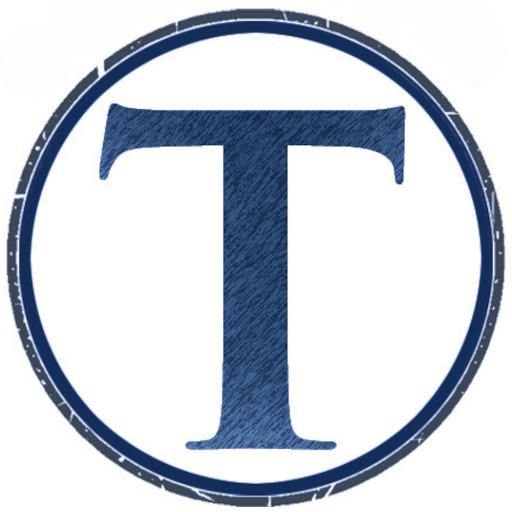
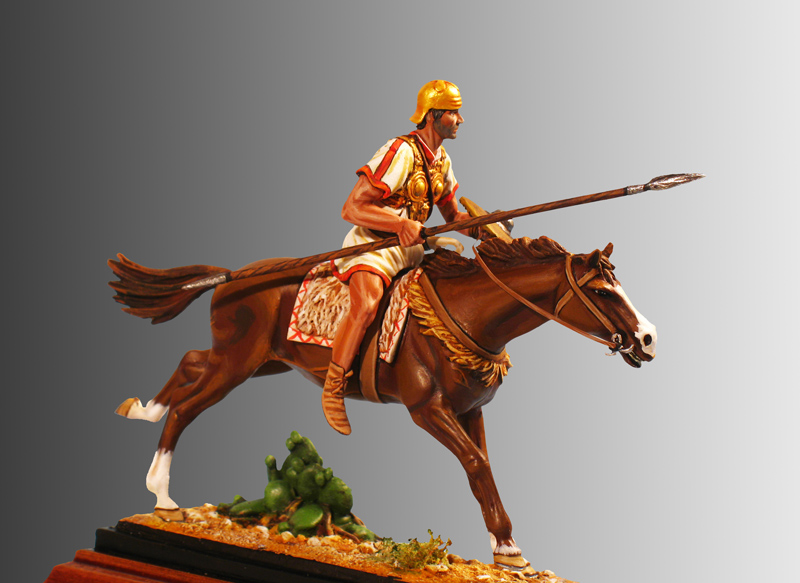
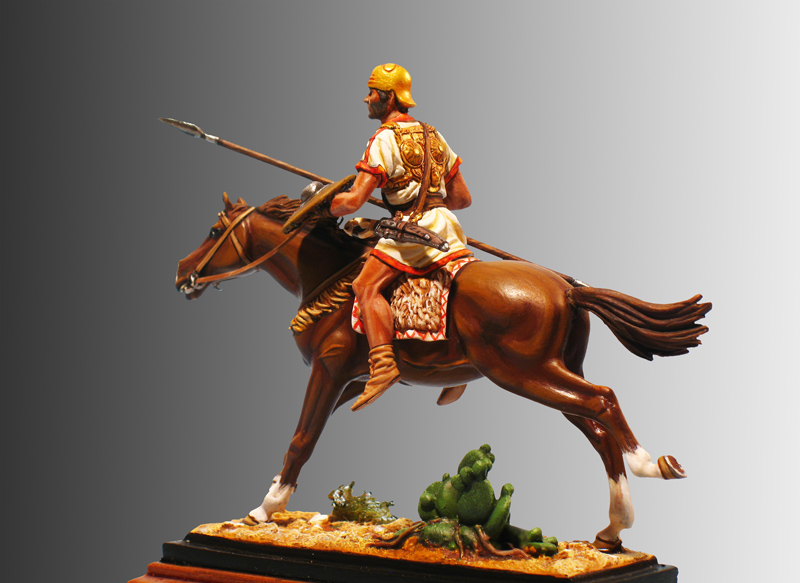


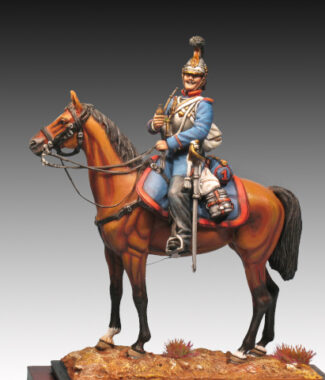
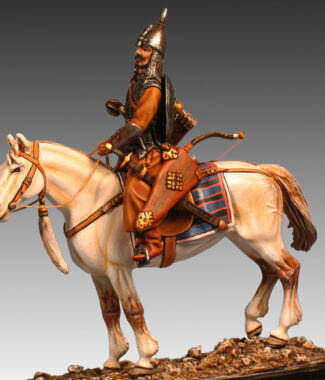
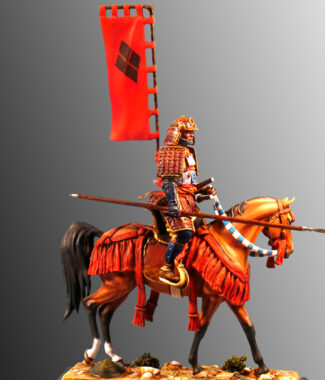
Reviews
There are no reviews yet.